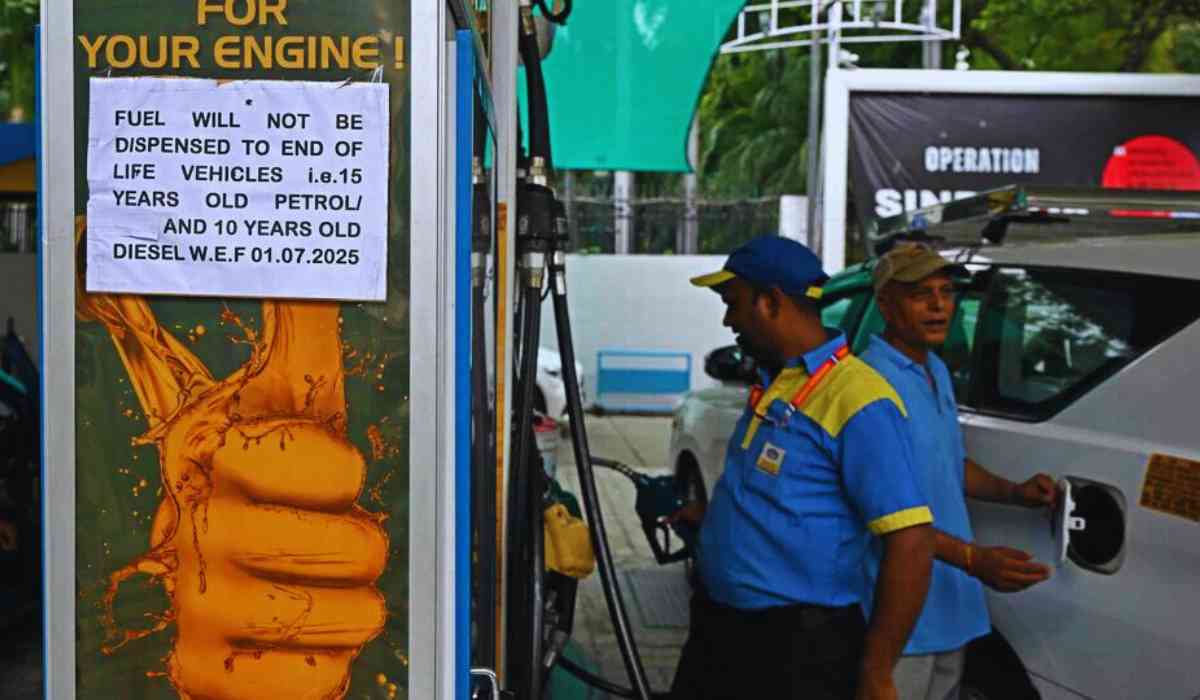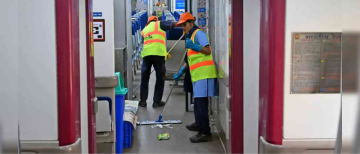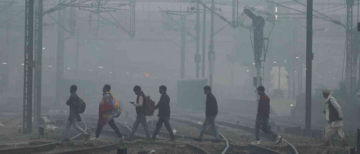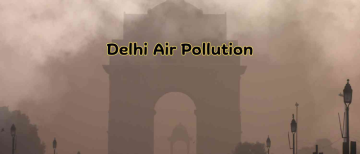In a welcome reprieve for owners of older vehicles, Delhi’s ban on refuelling “end-of-life” (EOL) vehicles has been postponed to November 1, 2025. The decision, taken by the Commission for Air Quality Management (CAQM), signals a shift in approach aimed at smoother implementation across the Delhi–NCR region.
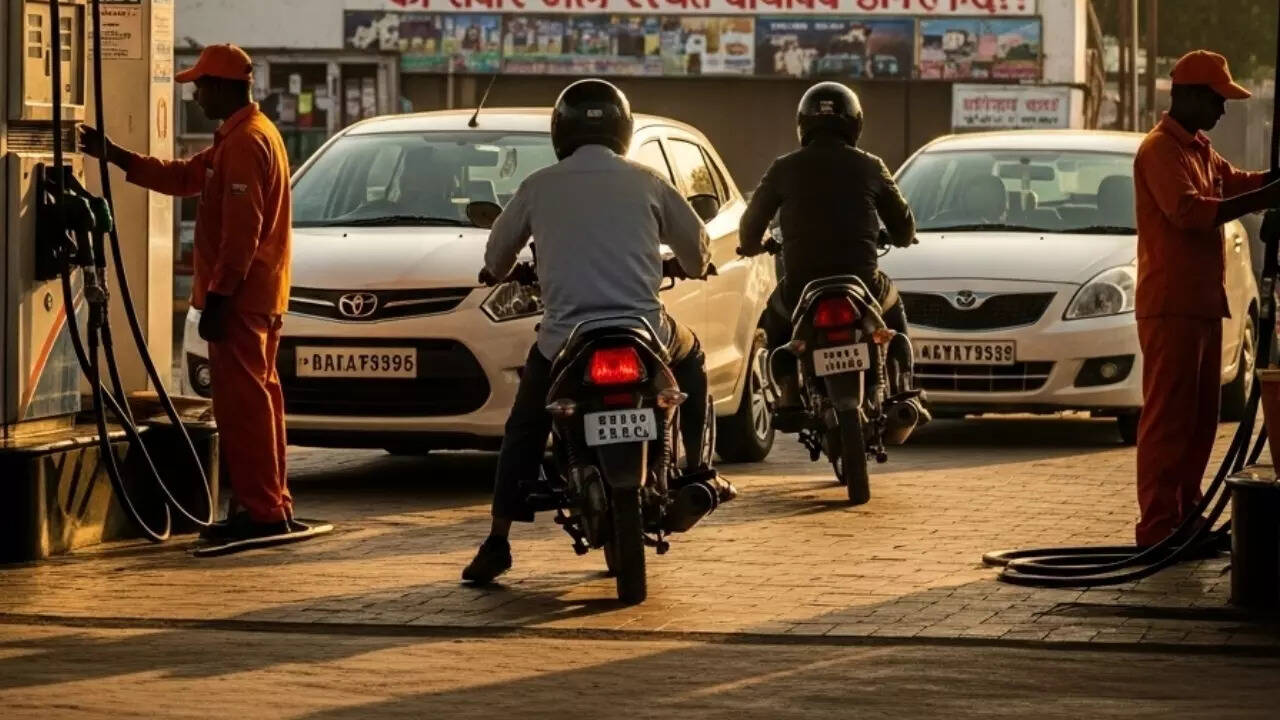
What’s the Ban All About?
-
Definition of EOL vehicles: Any diesel vehicle older than 10 years, or petrol vehicle over 15 years old, falls under this restriction.
-
The original plan: From July 1, 2025, fuel stations across Delhi were to deny fuel to all EOL vehicles using ANPR (Automatic Number Plate Recognition) cameras and the central VAHAN database.
-
Enforcement actions: Fuel denials, seizures, impoundment, and scrapping were part of the chain of measures planned post-refuelling denial.
Why the Delay?
Several key challenges prompted CAQM to delay the enforcement:
-
Technical glitches: The ANPR systems at around 350 Delhi fuel pumps face placement problems, faulty sensors, and gaps in state-to-state database integrationr. Delhi’s Environment Minister, Manjinder Singh Sirsa, called the move "premature and potentially counter-productive".
-
Risk of “fuel tourism”: With neighbouring NCR districts (e.g., Gurgaon, Noida, Faridabad), not initially enforcing the ban, there was concern owners might simply cross city borders to refuel.
-
Stakeholder readiness: Fuel dealers’ association welcomed the delay, saying it would allow time for trial runs, staff training, and infrastructure improvements.
What Happens Now? Revised Schedule
-
November 1, 2025: Fuel denial for EOL vehicles starts harmoniously in all six high-density NCR areas — Delhi, Gurgaon, Faridabad, Ghaziabad, Gautam Buddh Nagar (Noida), and Sonipat.
-
April 1, 2026: Enforcement spreads to the rest of the NCR region.
-
In between: CAQM mandates completion of ANPR installations, stakeholder training, awareness drives, and monthly updates on EOL vehicle disposal.
Voices from the People
-
Environment Minister Sirsa celebrated the delay as a "big victory" for affected citizens, hinting at further legal appeals on EOL criteria.
-
AAP Party criticized Sirsa’s comments, calling them mere "theatrics" rather than thoughtful policymaking.
-
Residents’ associations urged focus on better Pollution Under Control (PUC) checks and not just age-based bans.
-
Petrol dealers said the delay gives them time to adjust systems and coordinate with infrastructure rollouts.
Broader Context & Implications
-
Environmental angle: Around 6 million EOL vehicles exist in Delhi, and an estimated 10 million in greater NCR. These older vehicles disproportionately contribute to air pollution.
-
Legal precedence: This policy roots in the 2015 NGT order, upheld by the Supreme Court in 2018, which sought to deregister and scrap diesel vehicles over 10 years old and petrol ones over 15 years.
-
EV push: Delhi is already framing broader policies to promote EVs, restrict sales of gas-powered scooters post-2027, and control family vehicle ownership to curb pollution and push clean mobilitye.
Looking Ahead
-
October check-in: Are ANPR cameras installed and tested across >350 pumps in the NCR?
-
Public awareness: Will vehicle owners be notified well in advance about upcoming restrictions?
-
Ancillary plans: Are there schemes or incentives to replace or retrofit older vehicles — financial, scrapping drives, or trade-in options?
-
Legal challenge: Delhi govt’s intent to approach NGT/Supreme Court may revisit age thresholds — watch this space.
Summing Up
Delhi’s delay of the old-vehicle fuel ban till November 1 is an important pause. It reflects a pragmatic pause allowing for improved readiness — rather than a weakening of intent. With infrastructure gaps addressed, regional coordination achieved, and policy timing aligned, authorities have a chance to make enforcement both effective and equitable. But timely communication, practical support for affected owners, and legal clarity will be essential to avoid backlash and ensure cleaner air for all.
With inputs from agencies
Image Source: Multiple agencies
© Copyright 2025. All Rights Reserved Powered by Vygr Media.

